
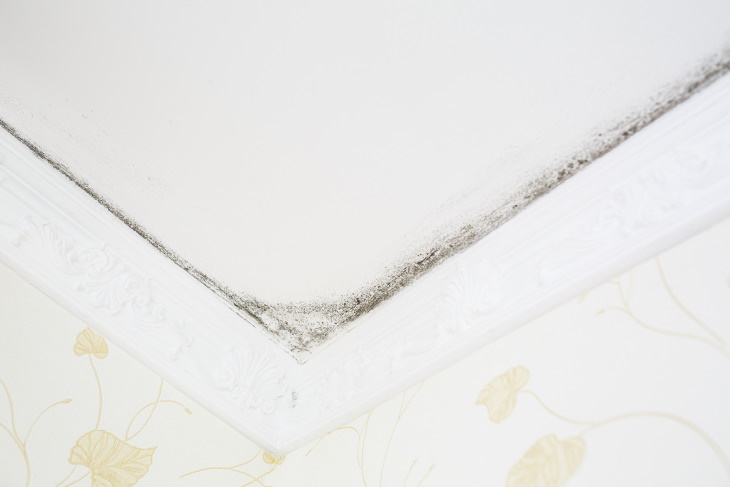
There are many varieties of mold that grow both inside and outside your home. There are three types of molds that can grow on your ceiling:
Read more on the health effects of mold here - The Warning Signs of Mold Illness.
If the mold infestation is toxic or takes up a large surface area (10 feet or more), you need to call an expert to kill the mold and remove the affected areas. Ask your local health department for a mold testing kit or ask them to refer you to a mold removal service. For more information, refer to the CDC guide to mold here.
Prevention is the best cure! Even if you don’t have mold in your bathroom, follow these tips to control humidity in the bathroom:
1. Make sure that the bathroom is well ventilated at all times, this means using the bathroom fan and keeping windows open.
2. Clean the bathtub, shower, and tiles with a disinfectant regularly.
3. Dry the tiles around the bathtub or the shower with a cloth after every use.
4. Clean and replace shower curtains, bath rugs, and towels regularly.
For more tips on mold prevention, read our article titled Never Worry About Mold Again Thanks to These Tips.
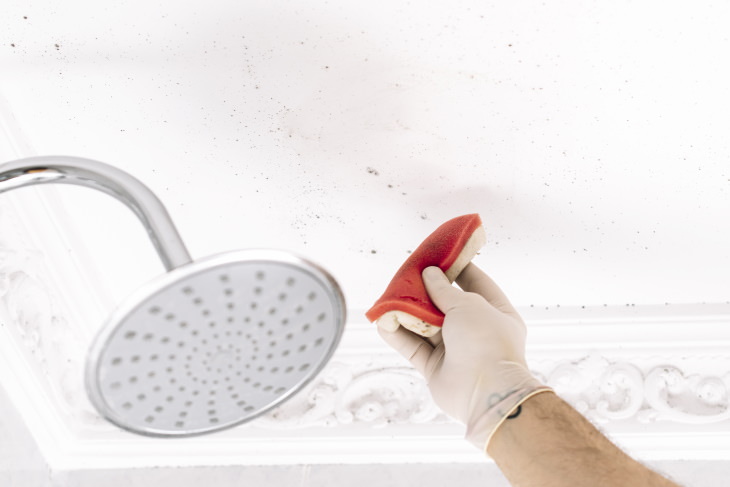
If you catch the mold early and it didn’t have time to spread, you can usually safely remove it yourself. We explain how to do so safely below. First and foremost, make sure to wear protective equipment while removing mold yourself: gloves, protective glasses, and an N-95 face mask. Prepare a ladder if you can’t comfortably reach the affected area.
You will also need a bucket and a sponge. For the cleaning solution, you will need:
- ½ cup chlorine bleach
- 1 tablespoon dish soap
- 1 cup warm water.
1. Combine all the ingredients in the bucket. You can easily double the ingredients if the affected area is larger or you want to treat several walls at once.
2. Put on all the protective equipment and open all windows to improve air circulation in the room.
3. Using a sponge, saturate the area with the disinfectant solution until it’s wet. Let it air-dry completely.
4. If you find that a stain remains after the ceiling has completely dried, repeat the process again until no signs of the mold remain.
Related Article: Household Mold and How to Deal With it
Mold usually grows in the grout in-between the tiles, so removing it will require a bit more elbow grease and a brush with stiff bristles.
1. Mix the same cleaning solution as listed above, put on your protective gear, and apply the disinfectant on the moldy tiles.
2. Scrub away any moldy residue with a brush, then add more cleaning liquid and wait 15 minutes.
3. If any residue remains, scrub and repeat the same process again.
4. Once the mold is gone, rinse tiles in warm water and dry with a rag.
As the last step, discard all of your cleaning equipment and protective gear. Remove the clothes you were wearing and wash them in hot water. This will prevent the spread of mold to other areas in your home and keep you safe from its negative health effects.
Share this information with those who will find it useful!

Tomato Stain Removal - a Detailed Cleaning Guide
Here’s exactly how you can remove tomato stains from clothes, carpets, wood, food containers, and even leather.

How to Get 8 Kinds of Unpleasant Smells Out of Clothes
Find out how to banish 8 of the most stubborn odors from clothes and other fabrics.

How to Remove Salt Stains From Fabrics, Shoes & Flooring
Salt stains are more common than you think. Learn to remove them effectively from your shoes, clothes, car interior, and floors in this useful guide.

Can’t Fit Anything in the Car? 11 Clever Car Cleaning Tips
Tired of not being able to fit your groceries into the car? With these 11 car organization tips, your car will always look neat and free of clutter.

How to Master Speed Cleaning - 10 Time-Saving Tricks
Why waste hours on cleaning every week? Master the art of speed cleaning with these time-saving tips!
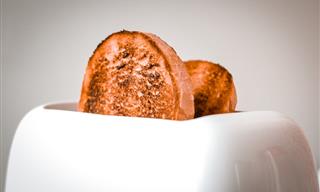 1:39
1:39
How to Clean Your Toaster - a Step by Step Guide
Is your toaster looking kind of crummy and smelling like burnt, stale toast? If so, it's time to clean it. Here's how to do so quickly and effectively.
 12:39
12:39
Make An Active Volcano That Also Doubles As a Working Lamp
Here’s a step by step guide to making an absolutely stunning active volcano model and turning it into a resin and wood based lamp.
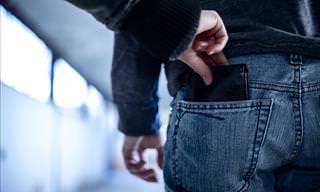
These Pickpocket Tricks Should Be Known by Everyone!
Pickpockets love to use these tricks in order to steal from unsuspecting victims. Here's what to keep an eye out for.
 3:01
3:01
Lemons Are So Useful! Did You Have Any Idea?
This video will show you some superb life hacks using lemons to make your life easier.
 13:42
13:42
Flying Soon? These Clothing Choices Are a Bad Idea
This guide covers what not to wear when going to an airport.
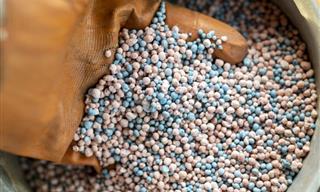
The One Fall Lawn Care Step You Can't Afford to Skip
Most people assume spring is the ideal time to fertilize. After all, the grass is coming back to life, so why not give it a boost of nutrients? However, the opposite is actually true.
 4:53
4:53
Crazy! These Kitchen Hacks Made Life So Much Easier!
Your kitchen can be easily organized to make your day-to-day life easier using these 9 tips!

Debunking 8 Common Misconceptions About Taxes
Let’s break down eight of the most common tax myths and clear up the confusion once and for all.

Building Your Own Greenhouse Is Cheap and Easy!
A quick and easy greenhouse project that won't cost you an arm and a leg.

How to Get Rid of 6 Common Pantry Pests
Don’t let pesky little bugs wipe out your expensive food supplies and learn how to recognize and get rid of 6 common pantry pests with this informative guide.

How to Clean Those Ugly Water Spots from Your Car
Ugly water spots on your car are a real nuisance. But if you know what to do, getting rid of them isn't too tough. Here are several effective tips.
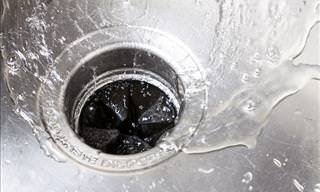
Keep Your Garbage Disposal Clean with This Neat Trick
If your sink's garbage disposal has started to smell, this is how you can eradicate it.

Dried vs. Canned Beans: Which Is the Better Option?
Can't decide between dried and baked beans? Here, we'll compare the two varieties and help you decide which option best suits your needs.
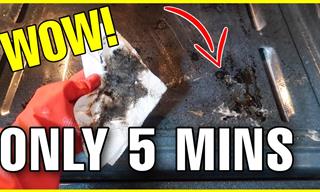 9:55
9:55
Grimy Oven? Get It Sparkling Clean in 5 Minutes!
These tricks will help you clean your oven in minutes.
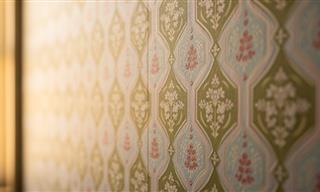
Practical Guide: 15 Useful and Effective Tips for Home DIY
The tips covered here span a wide range of projects you're likely to encounter—from painting and wallpapering to fixing squeaky floors and tackling basic plumbing issues.

This Visual Guide Will Answer Many Wine Questions
This infograph will teach you all about the different wine styles, wine glasses, and wine tasting.

WARNING! This Common Ingredient Could Be Fatal to Cats!
They say that curiosity killed the cat, but new studies now show that certain essential oils may kill your cats too if you're not careful. Learn why here...

14 Easy Solutions to Everyday Problems You’ll Want to Know
Here we have compiled 14 ingenious solutions to annoying little everyday problems we could all do without!

17 Great Ways to Re-Use Those Old Tires!
Why throw things away when we can make new things for ourselves with just a bit of creativity? Here are some great ideas for re-using your old tires.
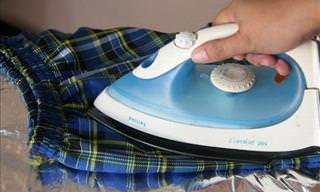
Tips That Prove Aluminum Foil Isn't Just for the Kitchen!
There are numerous uses for aluminium foil outside the kitchen that most of us never knew to be possible. Take a look for yourself.
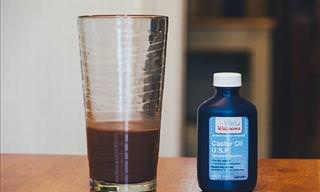
There's Not Much Castor Oil Can't Do!
Castor oil is one of those rare substances that can be used for just about anything!
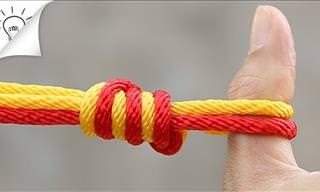 7:52
7:52
Everybody Should Know How to Tie These 9 Knots
Knowing how to tie different kinds of knots is a very useful and important skill. Learn how to tie these 9 most common knots with this video tutorial.

Decanting 101: Tips to Simplify and Organize Your Space
Read on to discover how decanting can help you organize your living space.
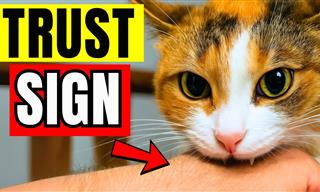 20:02
20:02
10 Gratifying Things Your Cat Does When It Loves You
Don’t miss these powerful signs that prove your cat truly adores you!

Warning! Eating Too Much Licorice Can Damage Your Health!
Eating too much licorice can be dangerous. Read here to find out more.
 9:37
9:37
Why Every Gardener Should Have a Bottle of Neem Oil
Neem oil is a natural, plant-derived substance capable of treating and preventing several kinds of plant pests and diseases.
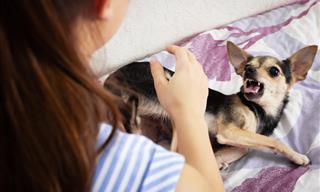
Dog Behavior 101: How Dogs Show They’re Upset
Your dog may be mad at you and may not even know it!
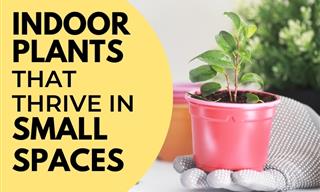
10 Indoor Plants That Thrive in Small Spaces
There is a great number of indoor plants that will make your home or office pretty and the air indoors fresher and cleaner but require very little space
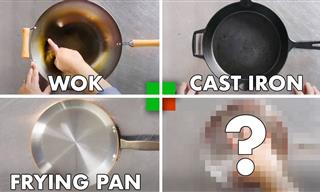 22:48
22:48
How to Pick the Right Frying Pan for Every Recipe
Upgrade your cooking skills instantly with this full guide to frying pans and saucepans, so that your cookware works with you, and not against you!
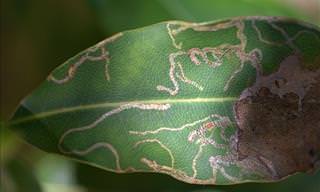
Natural Leaf Miner Pesticide that Won’t Kill Your Plants
Leaf miners are several species of insects that feed inside leaves in their larval stage and can be hard to get rid of...

10 Amazing Beauty Uses for Banana Peels
Everyone knows that bananas are great for your health, but not many people know that the peel can be beneficial too and should be added to your beauty regime.
 3:57
3:57
We Can Learn a Lot About a Dog From How It Sleeps...
This video breaks down the most common doggie sleeping positions to gives you some great information about why your dog sleeps the way it does and what it may mean.
 12:03
12:03
The Best and Worst Canned Foods for Your Pantry
All you need to know about canned foods ever!
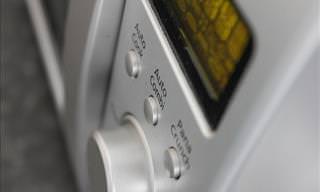
21 Sizzling Hot Microwave Tips To Improve Your Life
The microwave is something we use every day, but did you know how many different ways you can use it? Here are 21 surprising uses.

These Plants Will Keep the Air in Your Home Nice and Clean
It doesn't matter if you have a green thumb or not, these plants are hard to kill and will keep the air in your home free of toxins and pollutants.
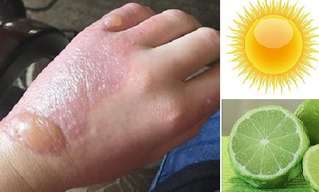
WARNING: Lime Juice and Sun Are a Dangerous Combination!
Did you know that lime and sun exposure create a chemical burn? Learn how to prevent this painful skin condition in this article.

Here’s How to Organize Your Closet Easily and Efficiently!
Come spring everyone's rushing to organize their closet, and these 6 tips can make your lives much easier when doing so!
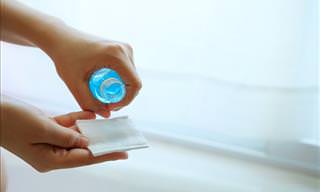
8 Terrific Additional Uses For Rubbing Alcohol!
Unsure about what you're meant to use rubbing alcohol for? Wonder no longer, as we've listed 8 brilliant uses of rubbing alcohol in this article.

Celebrity Photo Hacks: How To Always Look Good In a Photo
Celebrity hacks on how to look your best in photos, no matter your age and gender. Here are 12 celebrity posing secrets that will teach you to highlight your best self in front of a camera lens.

8 Exercises To Take OFF Your Fitness Routine
Fitness experts strongly advise to skip these unnecessary exercises to avoid injuries and save time
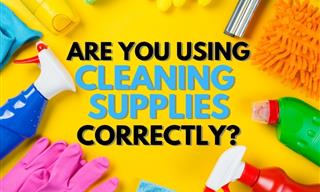
Are You Using Cleaning Supplies Right? 10 Common Mistakes
Are you using cleaning products correctly? Here are 10 important cleaning mistakes you should always avoid
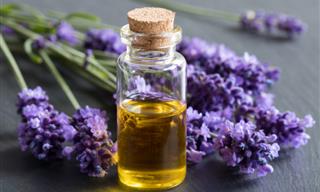
DIY Body Oils: Nourish Skin with These 6 EASY Recipes
Nourish your skin with these amazing homemade body oils.
To enable your Ad-Free Subscription, please fill the fields below
Your subscription was successful, now you can enjoy an ad-free experience!! Note: To make sure you get no ads, please make sure to log in to your account. If you are logged in already, then refresh the page. The subscription can be cancelled at any time.


